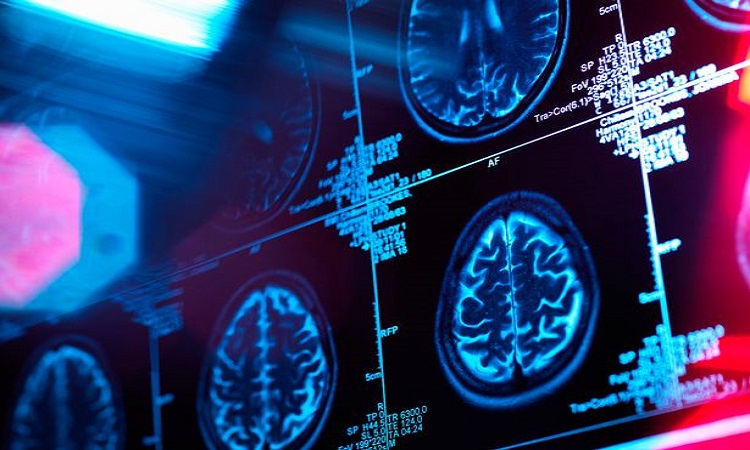They have managed to control the fundamental biological process of how you can remember if something is good or bad
Memories are associated with positive or negative emotions and this depends on a molecule in the brain that helps carry out this distribution, according to a team of researchers from the Salk Institute (USA).
The discovery of the function of this neurotransmitter, published today by Nature, paves the way for a better understanding of why some people are more likely to retain negative emotions than positive ones, as can occur with anxiety, depression or stress disorder post-traumatic (PTSD).
Researcher Kay Tye, from the Salk Institute, pointed out that they have basically managed to control the fundamental biological process of how you can remember if something is good or bad, which is “fundamental to our experience of life, and the notion that it can be reduced to a single molecule is incredibly exciting.
For a human or animal to learn to avoid or seek a certain experience in the future, their brain must associate a positive or negative feeling, or “valence,” with that stimulus. The brain’s ability to link these feelings to a memory is called “valence assignment.”
The team already discovered in 2016 that a group of neurons in the brain’s basolateral amygdala (BLA) help assign valence when mice are learning.
In an experiment with mice, the animals learned to associate a sound pitch with a sweet taste, which activated a pool of positively valenced BLA neurons.
Another set of neurons fired with a negative valence as the animals learned to associate a different tone with a bitter taste.
Tye explained that, as in the train, “these two tracks led to the positive and negative valence”, but they still did not know which signal acted “as the operator of the pointer to direct which track should be used at what time”.
In the study published today, the team focused on the importance of neurotensin, a signaling molecule, for these BLA neurons.
They already knew that neurotensin is a neuropeptide produced by cells associated with valence processing, but so are other neurotransmitters.
The team used the CRISPR gene editing technique to selectively remove the neurotensin gene from cells.
Without neurotensin signaling in the BLA, the mice could no longer assign positive valence and did not learn to associate the first tone with a positive stimulus.
However, the absence of neurotensin did not block the negative valence, but instead had a stronger association between the second tone and a negative stimulus.
The results suggest that the brain’s default state is to have a fear bias: neurons associated with the negative valence fire until neurotensin is released, which turns on those associated with the positive valence.
From an evolutionary standpoint, Tye said, this makes sense because it helps people avoid potentially dangerous situations.
In other experiments, the researchers showed that elevated levels of neurotensin promoted reward learning and dampened negative valence, further supporting the idea that this neurotransmitter is responsible for positive valence.
Researchers have yet to study whether neurotensin levels can be modulated in people’s brains to treat anxiety or PTSD.
In addition, they are planning future studies to investigate what other brain pathways and molecules are responsible for triggering neurotensin release.




